
Specifications
Composition
100% PET (min. 50% recycled content)
- 3/8″ (9mm) | ± 166 PET Bottles
- 1/2″ (12mm) | ± 318 PET Bottles
Thickness
Available in two thicknesses:
- 3/8″ (9mm) | ±0.5mm
- 1/2″ (12mm) | ±0.5mm
Weight
- 3/8″ (9mm): 8.4lbs (3.8kg) | ±5%
- 1/2″ (12mm): 16.0lbs (7.26kg) | ±5%
Hardness
60-65 (Shore C)
Dimensions
- 3/8″ (9mm): 48″ (1219mm) x 96″ (2438mm) (±1mm)
- 1/2″ (12mm): 48″ (1219mm) x 108 3/16″ (2748mm) (±1mm)
Fire Testing
- North America:
- ASTM E-84 Class A*
- CAN ULC S102-10
- Europe and UK
- EN13501-1: 2007
Environment
Made of polyester fiber, min. 50% of which comes from recycled water bottles which contributes to LEED MR Credit and BREEAM Health and Wellbeing, Materials points due to recycled content, acoustic performance, and low emitting materials.
No VOC’s: CDPH v1.2 and REACH SVHC Compliant.
Acoustics
Refer to ASTM C423 test charts for specific absorption coefficients.
- 3/8″ (9mm): NRC 0.75 (subject to mounting conditions)
- 1/2″ (12mm): NRC 0.80 (subject to mounting conditions)
Applications
Wall and ceiling, tackboards, visual and acoustical privacy barriers, acoustic canopies, and other custom applications.
Product Variances
Variation in fiber mix and colour may occur. All products will be supplied within commercial tolerances.
General
Tackable, impact resistant, bacteria resistant, moisture resistant, installation friendly.
Custom Orders
Custom design options include CNC cutting for virtually any shape and printing.
* Upon request, 1/2″(12mm) sheet material is treated with USA origin post-production flame retardant to Class A surface burning characteristics. Post sheet production FR treatment does not contain any Red List Restricted Chemicals and complies with California Proposition 65. Contact customer service for technical information, test data and safety data sheets for flame retardant.
How ezoBord is Made

STEP ONE.
Soft drink and detergent bottles made from PET identified by the recycling symbol are collected from consumers.

STEP TWO.
Contaminants like lids and sticky labels are removed. Bottles are chipped into tiny pellets.

STEP THREE.
Pellets are washed and sanitized.

STEP FOUR.
Pellets and colours are fed into a hopper. A heater at the base of the hopper melts the pellets to form a free-flowing resin.

STEP FIVE.
Resin is pumped through a sophisticated shower-rose device, known as a spinneret.

STEP SIX.
Cold air fans set the fine fibers extruded from the spinneret.

STEP SEVEN.
Fibers are drawn and cut, then are blended into a web.

STEP EIGHT.
Web is compressed, cut and ready for use.

CG06 – Charcoal Gray

CW04 – CLASSIC WHITE

DG34 – DARK GRAY
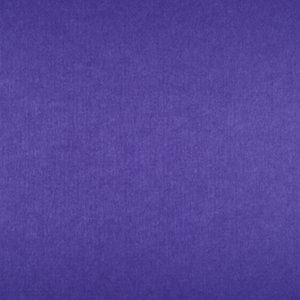
DP30 – DEEP PURPLE

DS10 – DESERT SAND
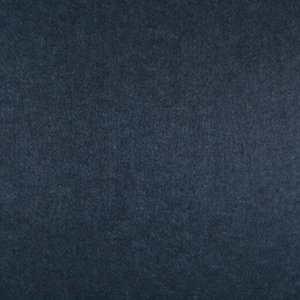
ES07 – EBONY SLATE

GA41 – GREEN APPLE
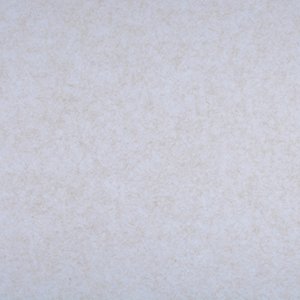
LB01 – LIGHT BEIGE

MN12 – MIDNIGHT NAVY

PB09 – PURE BLACK

PI14 – POLAR ICE
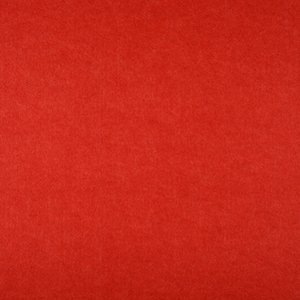
RR28 – RUBY RED

SD18 – SUNNY DAYS

SG04 – SILVER GRAY

TO24 – TIGER ORANGE

BG07 – BOLD GRAY

BR34 – BRICK RED

CG06 – Charcoal Gray

CW04 – CLASSIC WHITE

DS10 – DESERT SAND

EG11 – ELEPHANT GRAY

GV36 – GRAPE VINE

MG10 – MOSS GREEN

OB14 – OCEAN BLUE

PB09 – PURE BLACK

PI14 – POLAR ICE

RB08 – ROYAL BLUE

SD18 – SUNNY DAYS

SG04 – SILVER GRAY

TB35 – TREE BARK

AMARANTH 1-020

AQUAMARINE 1-442

AZURE 1-607

CAMEL 1-884

COPPER 1-K23

CORNFLOWER 1-660

DANDELION 1-351

DANUBE 1-6G4

HAZELNUT 2-8H3

HIBISCUS 1-760

IRIS 1-698

MAHOGANY 1-064

MOONSTONE 1-658

PEACH 1-379

Smoke 1-928

ARTIC 2-551
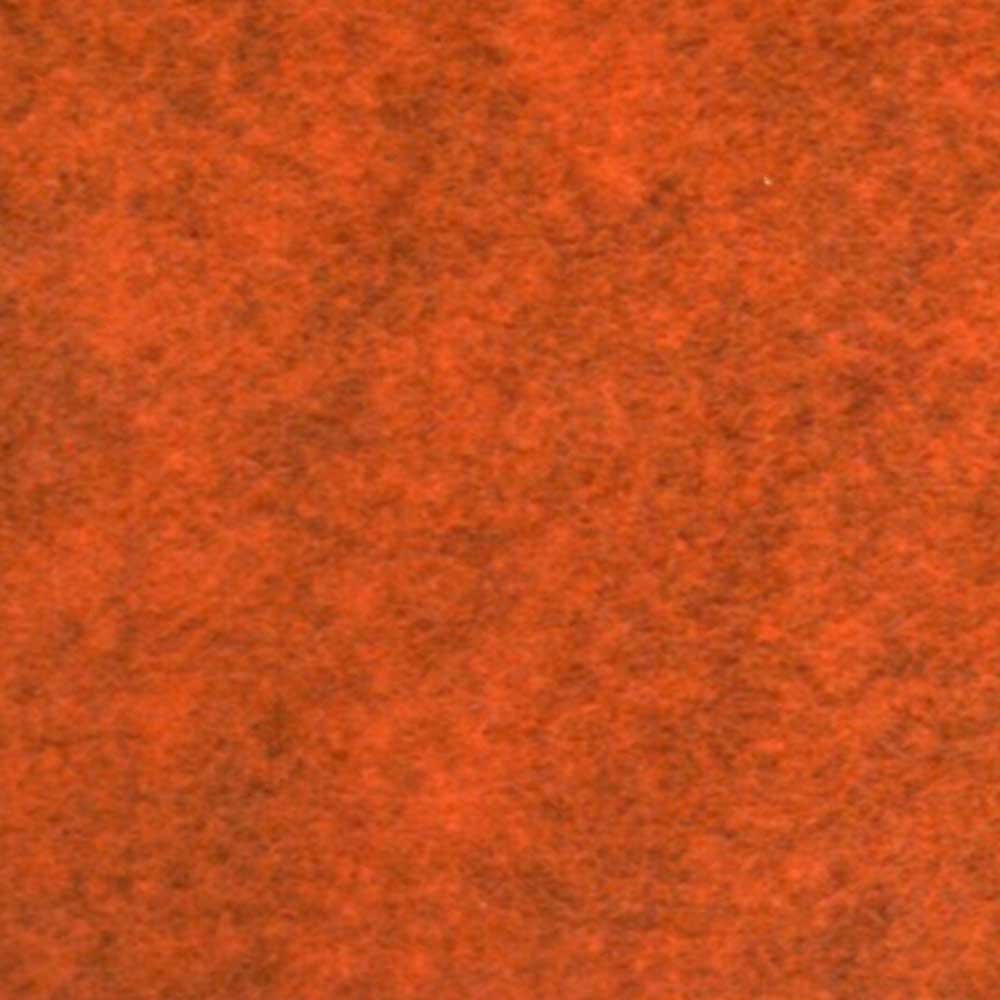
AUTUMN 2-426ML

BOG 2-568ML

CHARCOAL GRAY 2-496ML

DAWN 2-552

EDELWEISS 2-565

ENOKI 2-513

FLINT 2-408ML

FOREST-2-448

GREIGE 2-409ML

HONEY 2-424ML

INK 2-555

KISS 2-532

MAGMA 2-528

MERLOT 2-438

NIGHTSHADE 2-583ML

OCEAN 2-560ML

PISTACHIO 2-423ML

PORCELAIN 2-400

PURE BLACK 2-499

RHINO 2-494ML

SAGE 2-567

SILK 2-530

SILVER GRAY 2-400

SLATE 2-494

SOLAR 2-522

SPRUCE 2-562ML

Tangerine 2-426

Technica 2-584

CG06 – Charcoal Gray

CW04 – CLASSIC WHITE

DG34 – DARK GRAY

DP30 – DEEP PURPLE

DS10 – DESERT SAND

ES07 – EBONY SLATE

GA41 – GREEN APPLE

LB01 – LIGHT BEIGE

MN12 – MIDNIGHT NAVY

PB09 – PURE BLACK

PI14 – POLAR ICE

RR28 – RUBY RED

SD18 – SUNNY DAYS

SG04 – SILVER GRAY

TO24 – TIGER ORANGE


